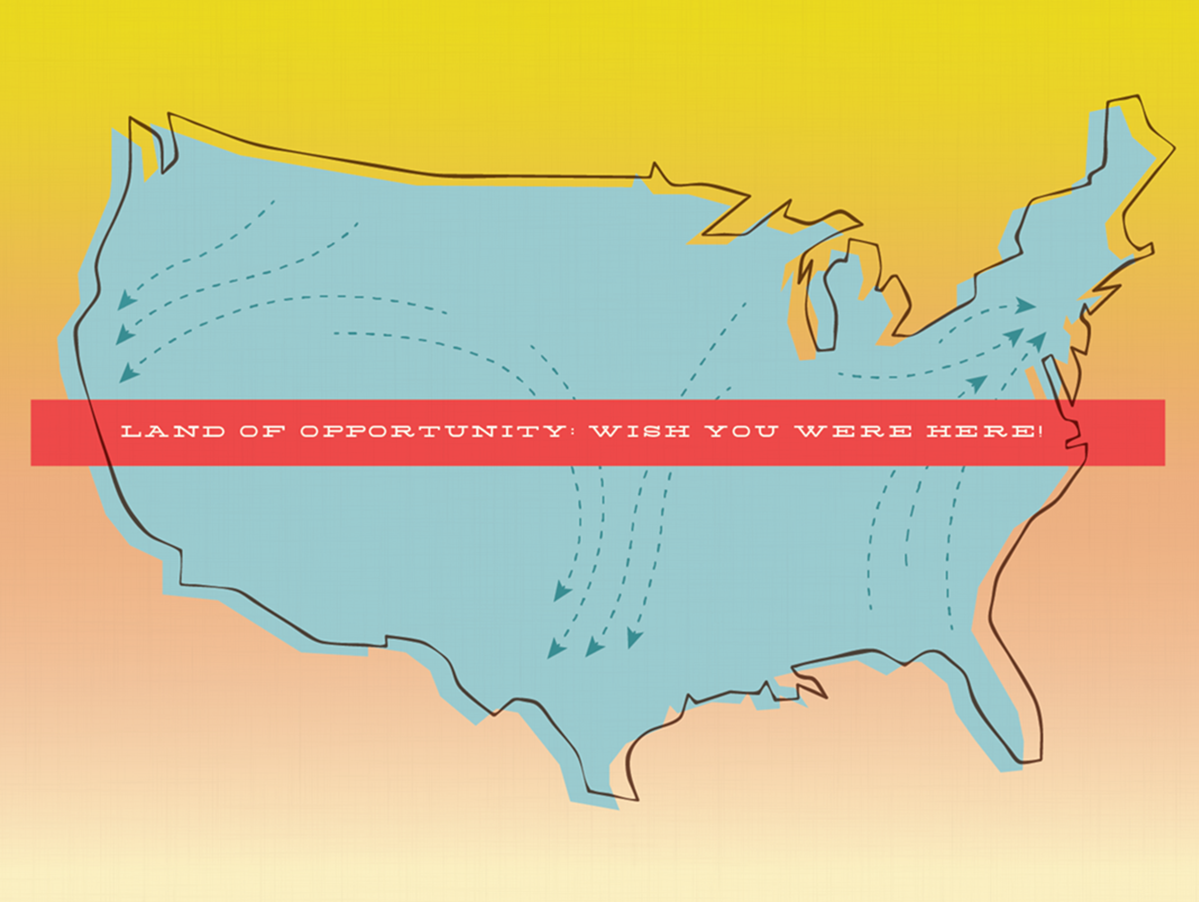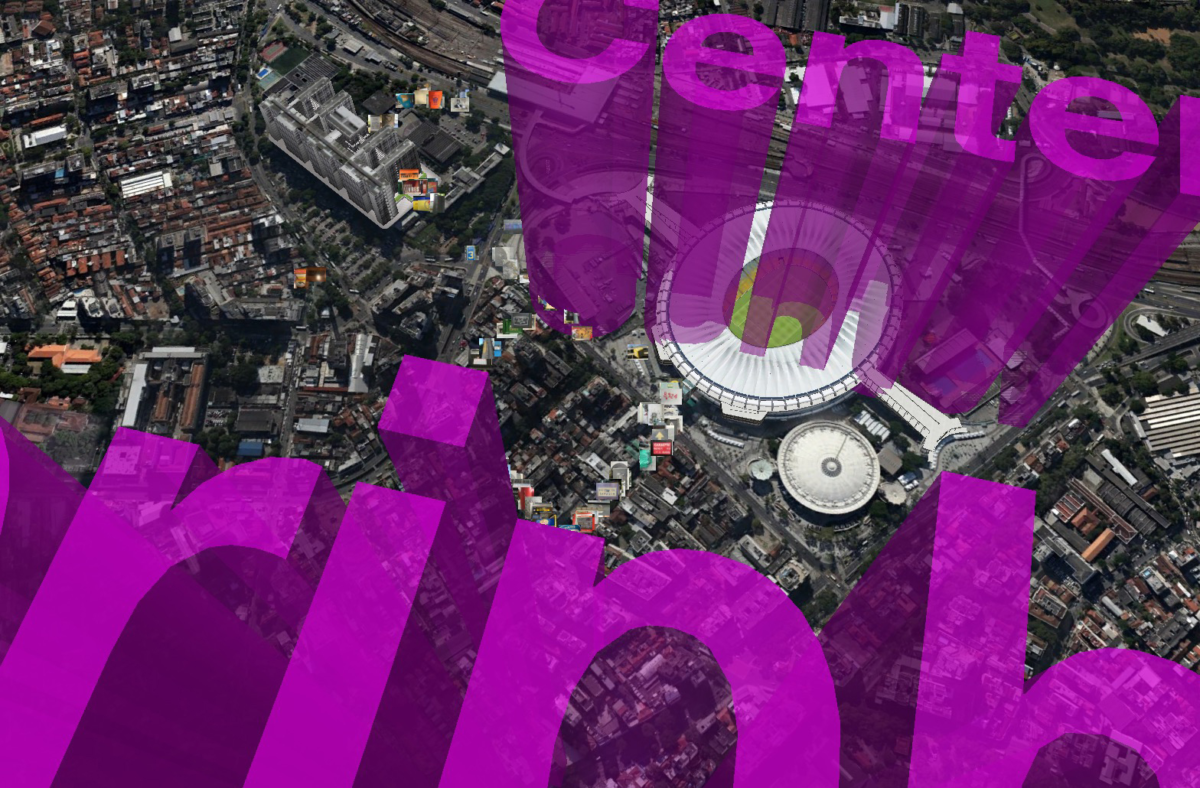Mia Cinelli
Assistant Professor
The University of Kentucky
Shoshana Shapiro
PhD Candidate
University of Michigan
At the intersections of art, design, and sociology, “Addressing Opportunity: The Landscape of Inequality” is a collaboration between Shoshana Shapiro, PhD candidate in Public Policy and Sociology at the University of Michigan, and Mia Cinelli, Assistant Professor of Art Studio & Digital Design at the University of Kentucky. This series of designed postcards showcases the impact of individual actions on income inequality in the United States. These works explore narrative constriction and dissemination of data through visual sociology, which uses visual communication to convey or explore sociological concepts and relationships.
Addressing Opportunity examines how space, social consciousness, and populations interact by investigating the relationship between individual-level actions and community-level outcomes. Borrowing the visual language of postcards, this series references desired locations, geographic movement, and brevity of communication across distance. Subversively alluding to idealized imagery of mid-century suburbia, each postcard features information on income inequality relative to history, personal choices, and observed national trends. Using accessible exhibitions as a catalyst for discourse, these postcards are displayed as a narrative series, each revealing new information. In addition, these works are accompanied by free postcards for audience members to send, as well as a brochure on individual actions to consider.
This presentation explores the development of this body of work, as well as the opportunities presented by interdisciplinary collaboration between design and the empirical social sciences more generally. We consider our work in conversation with other narrative or data-driven projects such Dear Data and the Opioid Spoon Project, while works such as Postsecret, Zoe Leonard’s You see I am here after all or Robert Graves and Didier Madoc-Jones’s Postcards From the Future project set precedent for postcards as a discursive design medium. By designing artwork about data, we hope to make information accessible that can inform people’s decisions and engender positive change.
This research was presented at the Design Incubation Colloquium 7.3: Florida Atlantic University on Saturday, April 10, 2021.

